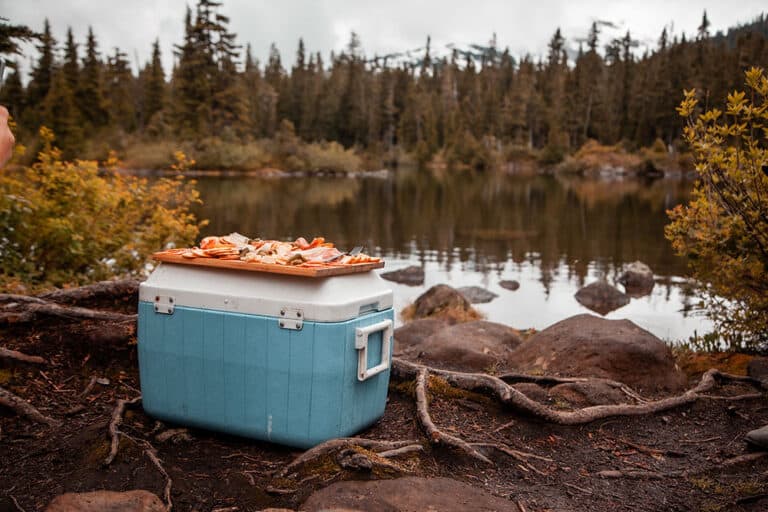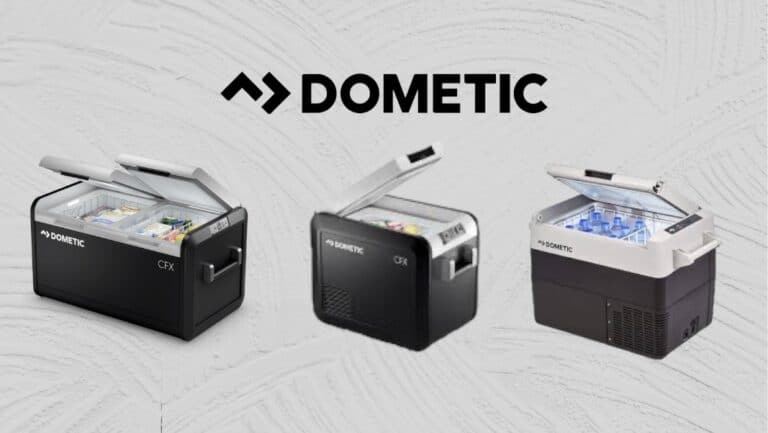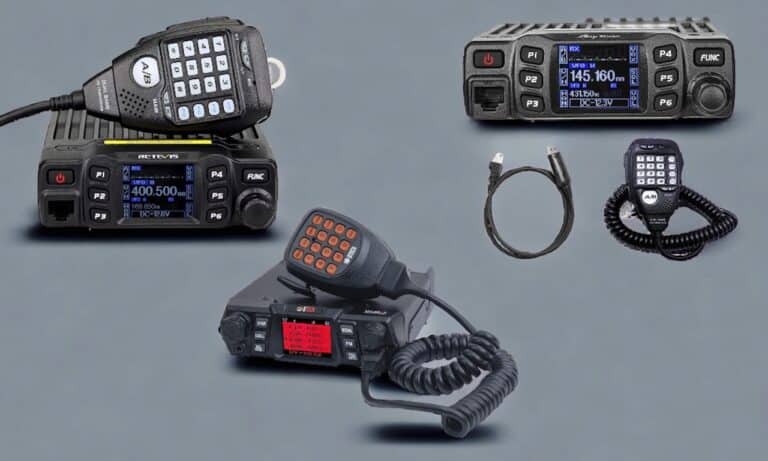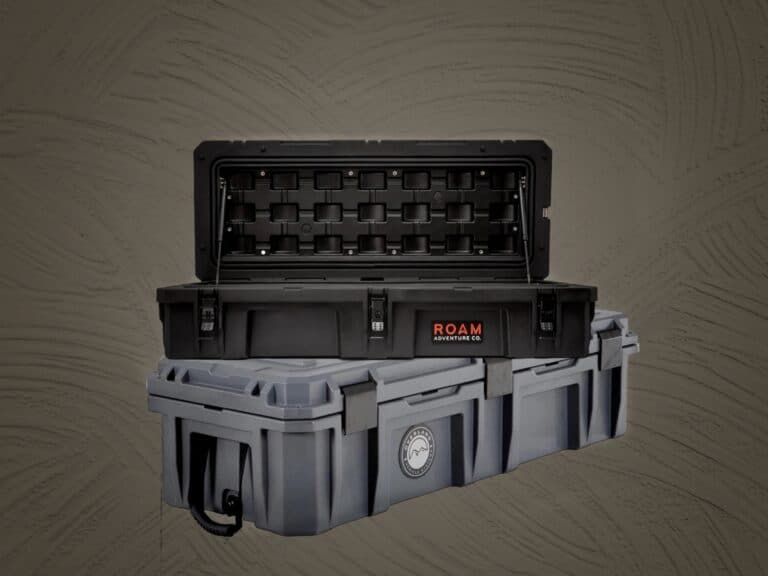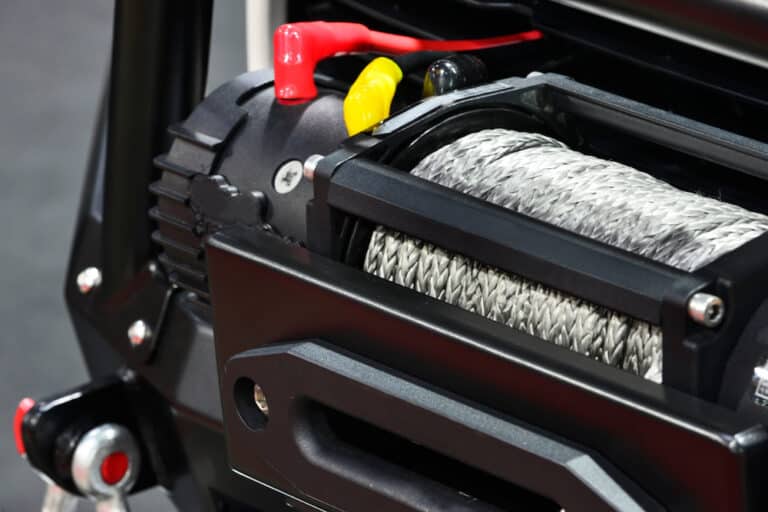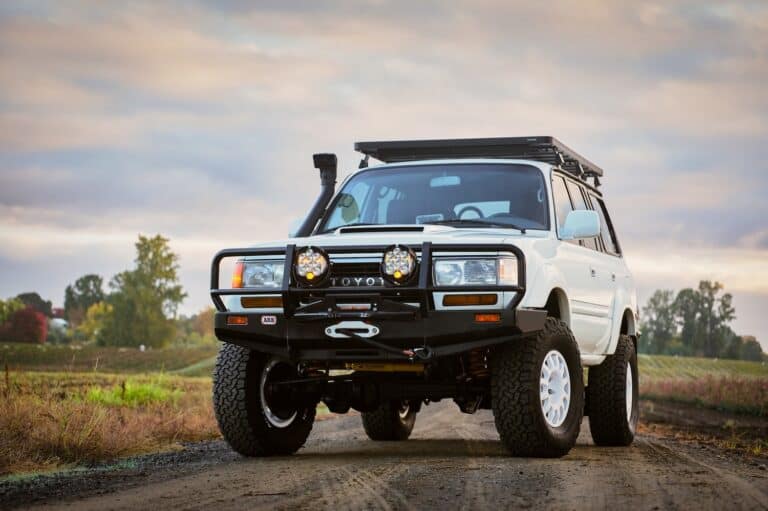Overland Gear List Essentials: Must-Have Equipment for Your Adventure
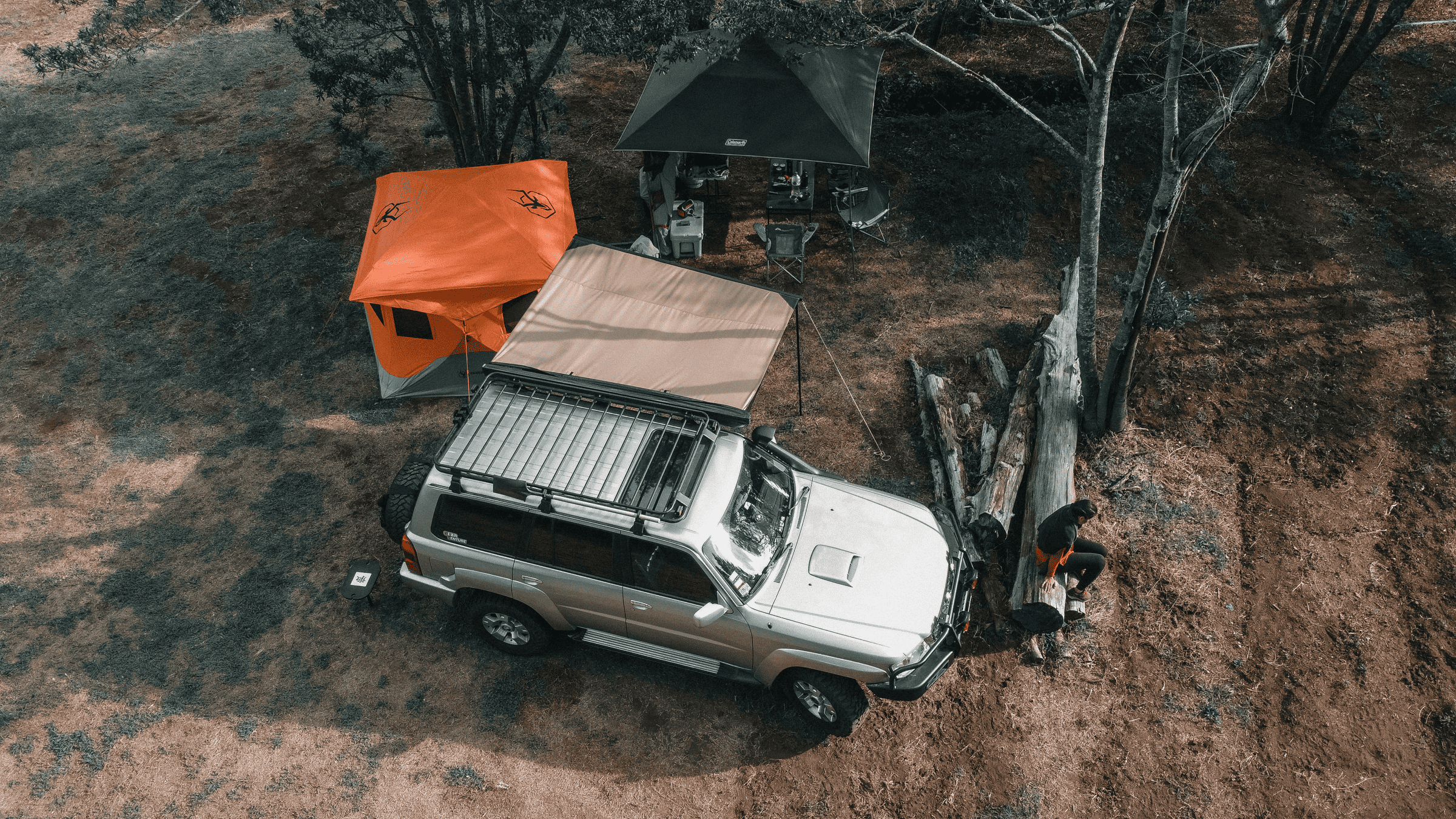
Venturing into the great outdoors is an exhilarating experience for many, and having a well-prepared Overland Gear List is essential for a safe and enjoyable adventure. Overlanding, an activity that combines off-roading and camping, is becoming increasingly popular among outdoor enthusiasts. The ability to traverse diverse landscapes and camp in remote locations requires not only skill but also adequate planning in terms of gear requirements.
When embarking on an overlanding trip, it is crucial to be equipped with the right tools and provisions. An Overland Gear List typically includes vehicle-related items like recovery equipment, navigation tools, and spare parts, as well as camping essentials like shelter, bedding, cooking supplies, and clothing. Proper packing and organization not only optimize space within the vehicle but can also greatly improve the overall experience through convenience and efficiency.
Professional advice from seasoned overlanders, as well as online resources and forums, can serve as a guide for beginners in assembling their gear list. It’s important to prioritize items based on their utility and adaptability in various situations. With a well-thought-out Overland Gear List, adventurers can set out on their journey with the confidence of being well-prepared for whatever challenges the road may present.
Vehicle Preparation and Tools
Vehicle Selection and Modification
When preparing for an overland adventure, choosing the right vehicle is crucial. Factors to consider include durability, off-road ability, payload, fuel economy, and aftermarket support. An overland vehicle should be capable of handling off-road terrain and have a robust 4×4 system. Common modifications include the installation of roof racks, lift kits, AT/MT tires, and underbody protection. Ensuring your vehicle has the necessary equipment like winches, jacks, and recovery straps is important for a successful trip.
Maintenance and Inspection
Routine maintenance and vehicle inspections are essential to keep your rig in top-performing condition. Before embarking on an overland journey, ensure that all fluids, belts, hoses, and filters are in good condition. Inspect the suspension, brakes, and tires for wear and damage. Keep a well-stocked tool bag, consisting of essential tools like wrenches, screwdrivers, sockets, and pliers. A comprehensive tool kit can make the difference in addressing small issues before they turn into major problems.
Recovery Gear
Recovery gear is indispensable while traveling off the beaten path. A reliable winch is one of the most important pieces of recovery gear, useful for extricating a stuck vehicle or moving obstacles. A high-lift jack and shovel are also valuable tools for self-recovery.
Additionally, traction devices like Maxtrax can help free a vehicle stuck in sand, mud, or snow. Straps and shackles are essential for attaching your recovery gear to anchor points. Consider investing in an air compressor for inflating and deflating tires according to road conditions.
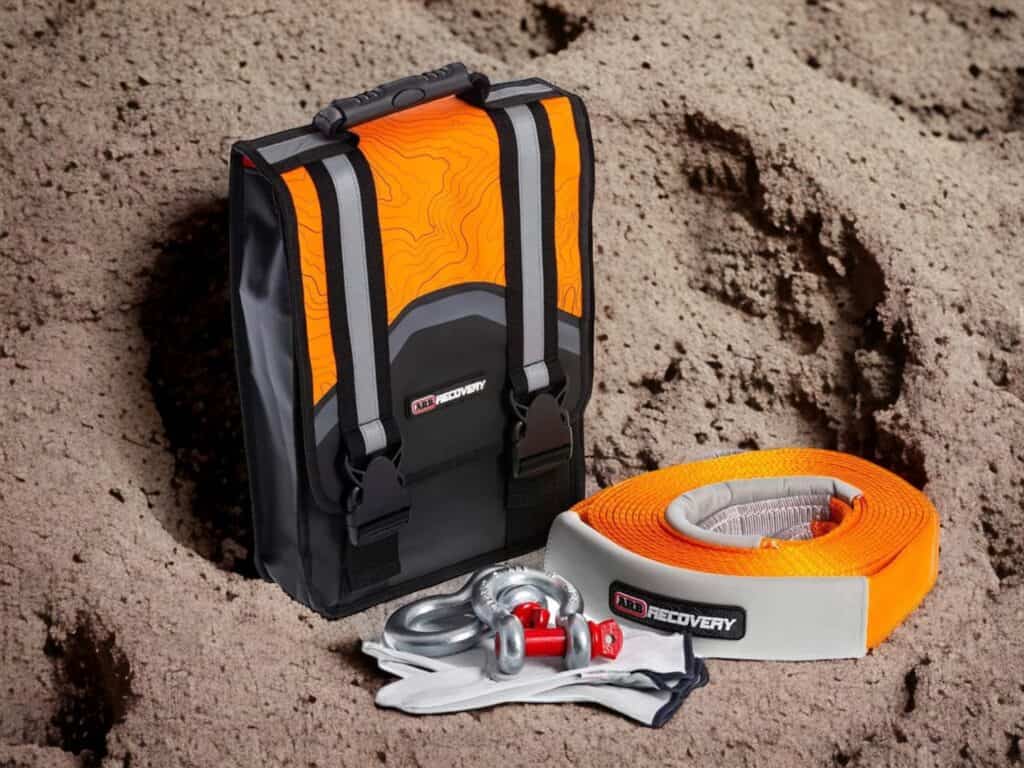
Navigation Equipment
Navigation is crucial on an overland trip, so invest in a combination of paper maps and electronic GPS navigation systems. While a GPS device provides convenience and real-time location data, paper maps serve as essential backups in the event of electronic failure.
To enhance your navigation abilities, consider downloading offline maps or map apps that do not rely on internet connectivity. These tools will aid in ensuring a smooth, enjoyable overland journey.
Camping and Shelter Equipment
Choosing the Right Tent
When selecting a tent for overland camping, consider the size, weight, and ease of setup. A rooftop tent can be a great choice as it provides extra security from wildlife and keeps you off the ground. Popular rooftop tents are made from durable materials, offering long-lasting use. Other choices include traditional ground tents, which should have a strong frame and sturdy fabric. When considering these options, also factor in other necessary equipment such as tent stakes, guy lines, and a footprint.
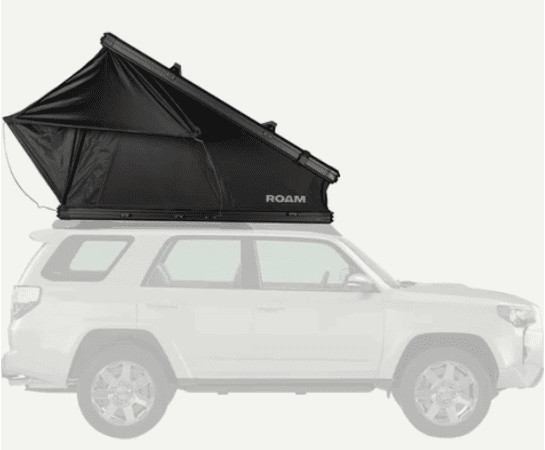
ROAM Adventure Rooftop Tents
ROAM Adventure Co. offers rooftop tents for outdoor adventure that are built to be durable, convenient, and compatible with most roof racks. The tents come with a high-density foam mattress and take just minutes to pitch. The ROAM Rambler is a hardshell rooftop tent that sleeps 2 people and is made of reinforced ABS fiberglass with a rugged aesthetic. The ROAM Vagabond is a foldout rooftop tent that sleeps 2-3 people and is made of rugged polycotton ripstop fabric with a robust diamond weaved nylon rainfly. Both tents are all-weather and can be easily installed on a variety of roof racks.
Also read: 5 Best Pop Up Camping Tents of 2023
Camp Kitchen Essentials
A reliable camp kitchen is crucial for your overland gear list. Start by investing in a durable camp stove, with options ranging from propane/butane to a compact folding stove. For preparing meals, pots, pans, plates, and eating utensils made of stainless steel or lightweight materials are essential. Organize your camp kitchen gear in a storage box or bag for easy access.
| Item | Material/Type |
|---|---|
| Stove | Propane/Butane |
| Pots & Pans | Stainless Steel |
| Plates & Utensils | Lightweight |
| Storage | Box/Bag |
Sleeping Gear
Sleeping comfortably is a must in overland camping. Invest in high-quality sleeping bags that match the climate and season you’ll be adventuring in. Additionally, consider adding a sleeping pad or air mattress for extra comfort. Finally, pack extra blankets and pillows to ensure a good night’s sleep.
Hygiene and Cleaning
Maintaining personal hygiene and cleaning on an overland camping trip is essential. Pack plenty of toilet paper, a portable toilet, and a water filter for accessing clean water. Include biodegradable soap and a quick-drying towel for washing up. Don’t forget essential items like a toothbrush, toothpaste, and any necessary medications. Additionally, ensure you have a proper method for trash disposal to minimize your environmental impact.
For cleaning dishes and cooking equipment, bring a collapsible basin, sponge, and environmentally-friendly dish soap. Camp chairs should also be included for convenience and comfort during meal times.
Incorporating these items into your overland gear list will ensure a comfortable, enjoyable, and adventurous camping experience.
Also read: How to Shower While Camping: Ultimate Guide
Safety and Emergency Equipment
First Aid Kit Essentials
A well-prepared first aid kit is essential for any overland gear list. It should include items such as:
- Bandages, gauze, and adhesive tape
- Antiseptic wipes and ointment
- Pain relievers (ibuprofen, aspirin, etc.)
- Tweezers, scissors, and safety pins
- A digital thermometer
- Instant cold packs
Remember to tailor the size and contents of your medical kit to the specific needs of your group, including any prescription medications and knowledge of relevant medical allergies.
Safety Gear
Safety is paramount during off-roading adventures. Ensure you have the following safety gear:
- Fire extinguisher: A compact and easy-to-access fire extinguisher can prevent small fires from becoming a dangerous, uncontrollable situation.
- Air compressor: A portable air compressor allows you to adjust tire pressure for varied terrain, maintain optimal performance, and even re-inflate a flat tire.
- Jumper cables: Dead batteries can happen unexpectedly. Carry a set of jumper cables or a battery booster pack.
- Extra fuel: Depending on the remoteness of your route, it might be wise to carry extra fuel, stored safely in an approved container.
- Communication devices: Radios or satellite communicators provide a line to the outside world, essential for remote emergency situations.
Emergency Repair Tools and Supplies
To quickly address common on-the-trail issues, include these tools and supplies in your overland gear list:
- Basic tool set: A selection of wrenches, pliers, and screwdrivers (both flathead and Phillips) are necessary for thrifty trail-side repairs.
- Fuses: Carry an assortment of fuses that match your vehicle’s requirements to swiftly replace any burnt-out fuses.
- ECU scanner and code reader: Diagnose vehicle-related issues by scanning your ECU (Engine Control Unit) and reading fault codes.
- Spare parts: Based on your vehicle, it can be beneficial to carry spare belts, hoses, and fluids.
By prioritizing safety and preparedness when assembling your overland gear list, you give yourself the ability to address many potential hurdles that can occur during your journey.
Clothing and Personal Items
Clothing Selection for Overlanding
When planning an overland adventure, it’s essential to select the appropriate clothing for the journey. Durable and functional apparel that can withstand the rigors of off-roading is crucial. Packing a mix of clothing suited to various weather conditions and activities is recommended.
- Gloves: A good pair of gloves with grip is vital for protecting hands from abrasions and for providing extra grip when necessary.
- Clothing: Choose materials like moisture-wicking fabrics and quick-drying synthetics that will help maintain comfort during long treks.
- Consider bringing waterproof and wind-resistant outer layers, as well as lightweight, breathable garments such as shint for warmer conditions.
- Don’t forget a hat or cap to shield yourself from the sun, as well as sunglasses to protect your eyes.
Personal Items
In addition to suitable clothing, it’s essential to bring along necessary personal items for comfort, hygiene, and safety. Some essential personal items include:
- Sunscreen: Since overlanding often involves spending extended periods outdoors, it’s crucial to protect your skin from the sun’s rays by applying and reapplying sunscreen.
- Toothbrush, toothpaste, and other hygiene essentials to maintain cleanliness.
- First-aid kit with essential supplies such as band-aids, pain relievers, and any necessary prescription medications.
- Insect repellent to avoid bug bites and potential illnesses they may carry.
By packing appropriate clothing and personal items, you can ensure a more comfortable and enjoyable overlanding experience.
Overlanding Tips and Advice
Packing and Organization
When preparing for an overlanding adventure, it is essential to pack and organize all necessary gear. Start by creating a checklist, including key items such as camping gear, cooking utensils, water, fuel cans, power banks, and more. Group items by category, such as cooking (bowls, energy bars, rope, zip ties) and vehicle maintenance (tires, puncture repair kit, shackles, pulleys). This organized approach ensures nothing is forgotten and makes it easier to locate items during the journey.
Route Planning and Navigation
An essential aspect of any overland adventure is proper route planning and navigation. Start by researching potential trails and wilderness areas, considering factors such as distance, terrain difficulty, and legal access. Remember to account for fuel and rest stops, ensuring the journey remains safe and enjoyable. Think about the experience level of the group, and choose a route that offers an appropriate level of challenge. Utilize GPS navigation, as well as printed maps and compasses as backups, to help stay on track throughout the trip.
Safety and Risk Management
Managing safety and risk is crucial when embarking on an overlanding journey, as the wilderness can be unpredictable. Proper planning helps minimize potential issues. However, it is essential to be prepared for unexpected situations. Pack a survival kit containing essentials like a first aid kit, fire starter, signal flares, and extra food and water. Keep a list of emergency contacts and be knowledgeable about the local wildlife and potential hazards. Monitor weather patterns and be prepared to adjust plans if needed. This proactive approach helps to minimize risk and maintain group safety.
Proper Vehicle Maintenance
Conducting proper vehicle maintenance before departure is crucial for a successful overland journey. Regularly check key elements such as tires, suspension, and brakes. Replace or repair any worn or damaged parts to prevent breakdowns. Keep an adequate supply of spare parts on hand, including a full-size spare tire, in case issues arise during the adventure. Bringing along a puncture repair kit and recovery gear, such as shackles and pulleys, can help address unexpected challenges on dirt roads or in remote areas. By ensuring the vehicle is properly maintained, overlanders can enjoy their self-reliant adventure with confidence.
FAQ’s
What essential items should I bring on an overland trip?
When preparing for an overland trip, it is crucial to prioritize safety, practicality, and essential items. Some essentials include:
- High-quality tent and sleeping gear
- Recovery gear (shovel, winch, snatch strap, etc.)
- Camping stove or portable cooker
- Reliable navigation system and paper maps
- Tool kit, spare parts, and vehicle maintenance supplies
- Water and food storage systems
- Portable power source and charging devices
Remember, what you bring might depend on factors such as the length of your journey, the destinations you plan to explore, and the time of year during which you are traveling.
How can I build a practical and efficient overland camping gear list?
To assemble an effective overland gear list, research and evaluate each item’s necessity, cost, weight, durability, and versatility. Try using the following strategies:
- Identify gear that serves multiple purposes to save space.
- Invest in high-quality items that will last for multiple trips. 3.* Monitor equipment reviews from experienced overlanders and outdoor enthusiasts.
How often should I maintain and inspect my vehicle during an overland trip?
The frequency of vehicle maintenance and inspection depends on factors such as terrain, weather, and the specific model of your vehicle. Developing a daily routine to check fluid levels, tire pressure, battery life, and inspecting the overall condition of the vehicle is a good habit to ensure a smooth journey. Always be proactive in addressing minor issues to mitigate the likelihood of more significant problems down the road. Consult your vehicle’s owner manual for specific maintenance guidelines.
What is the best way to plan an overland trip route?
A successful and enjoyable overland journey involves careful route planning. Start by considering your desired destinations, travel time, and overall travel goals. Using topographic maps or digital mapping applications, identify potential routes, including primary roads and potential off-road paths. Research local knowledge, such as weather conditions, landmarks, and campsites. When planning, make sure to develop a list of essential waypoints, alternate routes in case of emergencies, and estimated travel times.

